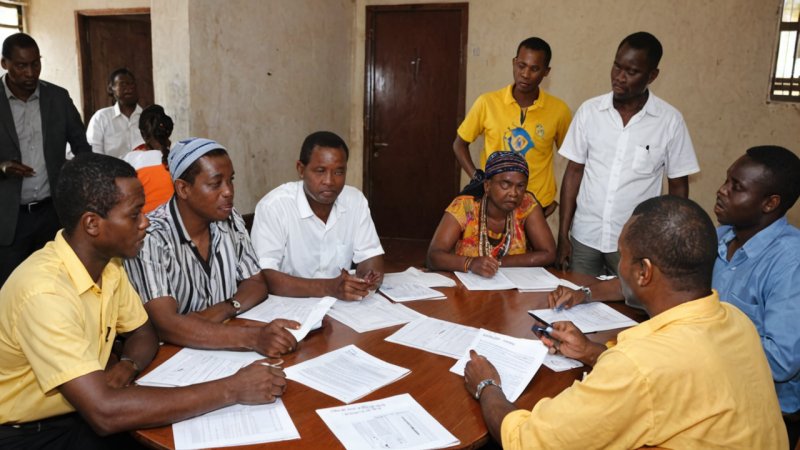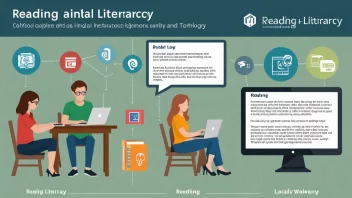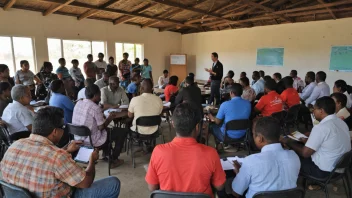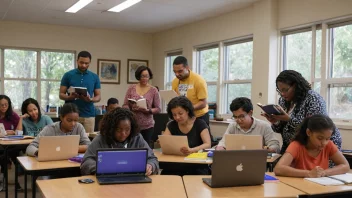Community involvement is a cornerstone of successful development initiatives. Engaging local residents not only enhances project effectiveness but also promotes ownership and sustainability. This article discusses effective strategies for involving communities in development projects, ensuring that their voices are heard and their needs are met.
To start, it is essential to conduct a thorough needs assessment. Engaging community members in identifying their priorities through surveys, focus groups, or informal discussions can provide insight into the specific challenges they face. This collaborative approach allows residents to express their concerns and aspirations, ensuring that development initiatives are relevant and tailored to their unique context.
Once needs are identified, it is crucial to foster a culture of collaboration. Establishing partnerships with local organizations, schools, and community groups can create a supportive network for project implementation. By leveraging existing resources and expertise, development projects can benefit from local knowledge and ensure a more holistic approach to community development.
Training and capacity building play a vital role in empowering local communities. Providing education and skill development opportunities enables residents to actively participate in projects. Workshops on project management, financial literacy, or technical skills can equip community members with the tools necessary to contribute effectively. This investment in human capital not only enhances project outcomes but also builds confidence and self-reliance within the community.
Moreover, involving community members in the decision-making process is essential for fostering a sense of ownership. Establishing community advisory boards or committees can create a platform for locals to participate in project planning and implementation. This participatory approach ensures that decisions reflect the interests and values of the community, ultimately leading to increased support and engagement.
Communication is another critical aspect of community involvement. Regular updates on project progress, challenges, and successes should be shared with residents through community meetings, newsletters, or social media platforms. Maintaining an open line of communication fosters trust and accountability, encouraging community members to remain engaged throughout the project lifecycle.
Celebrating successes and milestones can also strengthen community involvement. Recognizing individual and group contributions through events or public acknowledgments can inspire further participation and commitment. Celebrating achievements reinforces the idea that development is a collaborative effort, motivating residents to stay engaged and contribute to future initiatives.
Lastly, adaptability is crucial. Development projects often encounter unexpected challenges or changes in community dynamics. Being open to feedback and willing to adjust plans based on community input can enhance project resilience. Regularly revisiting goals and strategies ensures that initiatives remain relevant and responsive to the community’s evolving needs.
In conclusion, community involvement is fundamental to the success of development initiatives. Conducting needs assessments, fostering collaboration, providing training, engaging in decision-making, maintaining communication, celebrating successes, and adapting to changes are all strategies that can effectively involve local communities. By embracing these approaches, development organizations can create meaningful and sustainable impacts that empower individuals and strengthen communities.
Strategies for Engaging Communities in Development Initiatives
Explore effective strategies for engaging local communities in development initiatives to enhance project effectiveness and promote sustainability.






